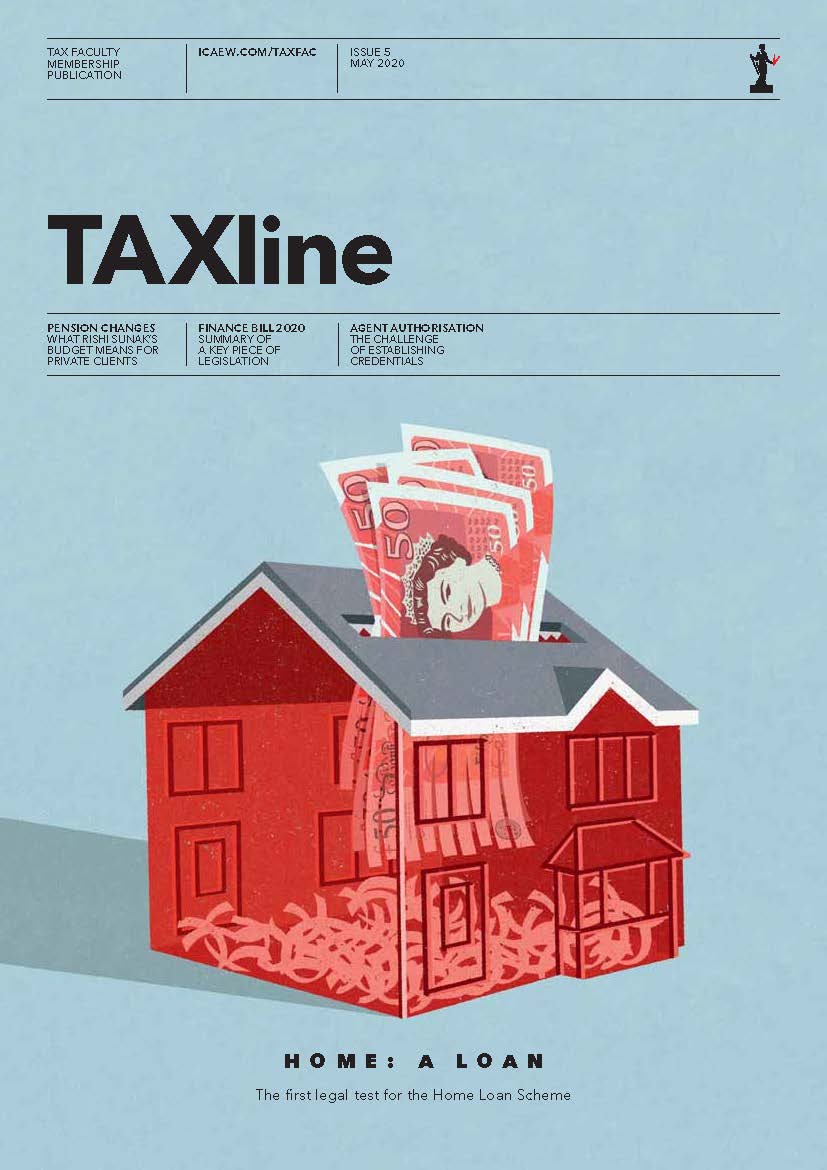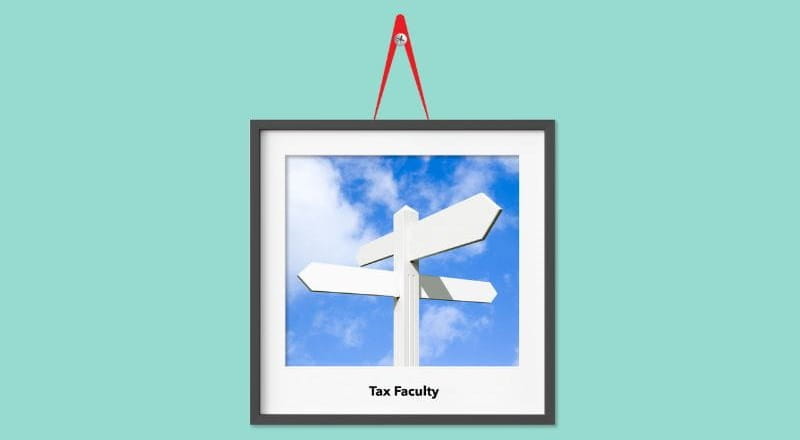ICAEW’s Tax Faculty has submitted a paper, ICAEW REP 35/22, setting out its recommendations for how HMRC could improve its back office, and customer facing PAYE processes and forms. This would help ensure that employees’ tax liabilities and national insurance contributions (NIC), calculated by HMRC systems and accounted for by employers, are correct, and that HMRC’s records agree with submissions and payments made by employers. The paper was submitted in response to the Office of Tax Simplification’s evaluation of PAYE published in February 2022.
Modernising HMRC’s behind-the-scenes PAYE processes, including how it arrives at code numbers, and getting P11D forms and calculators right, would help get PAYE taxpayers’ tax and NIC right first time. This should reduce the number of end-of-year reconciliations forms (P800) that HMRC needs to issue. Hence decreasing the number of code number adjustments, payment demands, repayments and the need for taxpayers to contact HMRC to query discrepancies.
The faculty’s recommendations include:
- making the starter checklist, form P45, form P11D and associated processes, code numbers, and internal rules for determining and issuing code numbers, and calculating PAYE fit for purpose;
- announcing new methods of calculating PAYE/NIC and annual thresholds, allowances, rates, repayment percentages etc, at least six months before the start of the tax year – not a matter of a few weeks in advance when it is almost too late to update payroll software;
- considering the mechanics of implementation and practical issues, including software updates, from the start of policy development and legislation-making – not as an afterthought;
- HMRC’s liabilities and payments records should agree with those of employers;
- clarifying the interaction of employment allowance with subsidy control;
- digitalising processes that currently necessitate communicating with HMRC by post, (eg, to amend forms P11D or claim 2021/22 refunds of NIC for veterans);
- cutting the long delays in replies to correspondence (the faculty suggests that the law be changed so employers can operate PAYE as requested in applications, if HMRC has not replied substantively within 30 days);
- improving deficiencies in HMRC’s check employment status for tax (CEST) tool; and
- extending the jurisdiction of tax tribunals and courts to cover all aspect of PAYE debts.
Resolving these issues would reduce the need for taxpayers to contact HMRC and help make UK employment tax and NIC easy to calculate and collect, and be fair and reasonable.
Tax Faculty
This guidance is created by the Tax Faculty, recognised internationally as a leading authority and source of expertise on taxation. The Faculty is the voice of tax for ICAEW, responsible for all submissions to the tax authorities. Join the Faculty for expert guidance and support enabling you to provide the best advice on tax to your clients or business.
More support on tax
ICAEW's Tax Faculty provides technical guidance and practical support on tax practice and policy. You can sign up to the Tax Faculty's free enewsletter (TAXwire) which provides weekly updates on developments in tax.
Sign up for TAXwireJoin the Tax FacultyThe future of tax after COVID
As digital technologies transform society, the UK government is grappling with balancing the books while ensuring its tax system is fit for purpose. Join us as we take a look at the issues and challenges facing the tax system.
Read more


